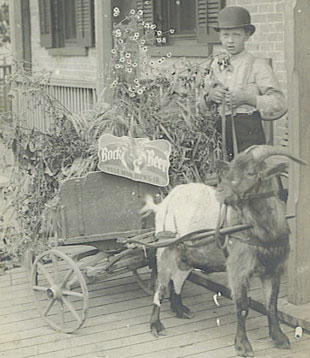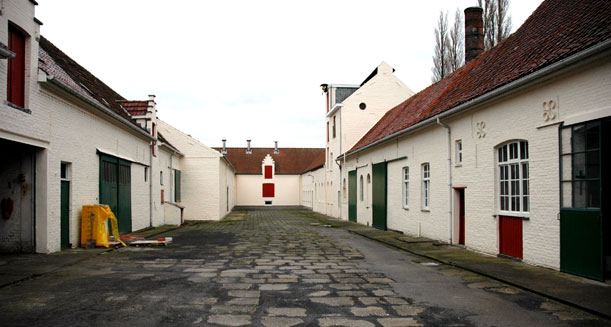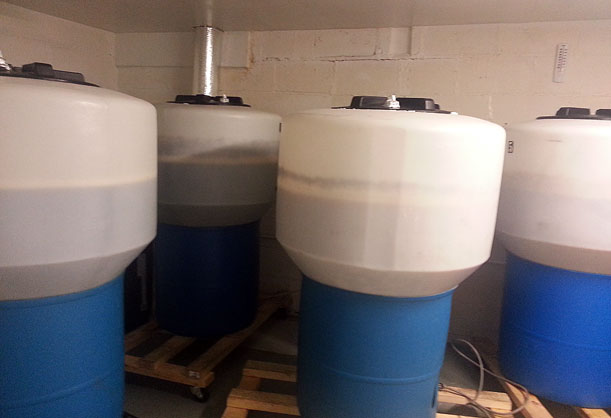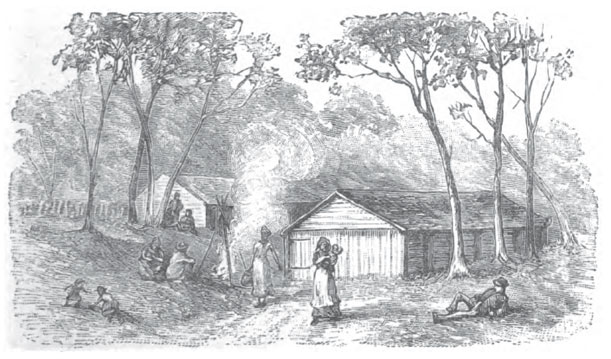MONDAY BEER LINKS, MUSING 09.08.14
 The origin of Bockbier. Ron Pattinson digs up an alternative story about how “bock” got its name, and it involves “a goat, a sick child and drunken servant.”
The origin of Bockbier. Ron Pattinson digs up an alternative story about how “bock” got its name, and it involves “a goat, a sick child and drunken servant.”
[Via Shut Up About Barclay Perkins]
Question of the day. Roger Baylor owns a brewery and a pub, so the question he raises by drawing an anology between the beer and music businesses affects him directly. But I’ve noticed that everybody else also seems to enjoy discussing the “how many is too many breweries” question, about local versus faraway, about big verus small, and therefore the difference between Alan McLeod calls “Big Craft” and everybody else. Baylor’s questions make it a little more interesting.
Why would anyone pour a perfectly good craft beer down the drain? Interesting to contemplate, but the real reason I am pointing to this is one sentence: “There are sober children in China, after all!”
[Via Tampa Bay Times]
The history of Albany as seen through beer-colored lenses. Instead of linking to a post by Craig Gravina, as happens in this space sometimes, here’s an article about him — and indirectly Alan McLeod, co-author of “Upper Hudson Valley Beer.”
[Via All Over Albany]
40 Under 40: America’s Tastemakers 2014. Wine Enthusianst presents this as a slide show (translation: pain in the butt). I’ll save you the time and tell your the three people they picked with direct beer connections: Meg Gill of Golden Road Brewing; Pat Fahey of Ray Daniels’ Cicerone Certification Program; and Travis Benoit, who co-founded CrowdBrewed, a money-raising web site for brewers that apparently is having more impact than I realized.
[Via Wine Enthusiast]
How Culture Shapes Our Senses. “Words to describe the beer you are tasting” — posted more than six years ago — is the most visited pages in the archives here. That may be because “When ordinary people are presented with the smell of ordinary substances (coffee, peanut butter, chocolate), they correctly identify about half of them.” Identifying and then naming them may be even harder. But it seems these things can be learned, because “sensory perception is as much about the cultural training of attention as it is about biological capacity.”
[Via New York Times]
Britain’s hops are bouncing back. I’m rooting for British hop farmers. Ali Capper is doing a great job of promoting English hops, and there’s considerable behind the scenes work going on to provide varieties that English brewers (and drinkers) will appreciate. But we’ll see what the 2014 harvest numbers tell us about “bouncing back.” Hop acreage in 2013 was 32 percent lower than 10 years before, falling to the lowest level since the >eighteenth century.
[Via Protz on Beer]
Reaping What You Sow — Anheuser-Busch and Goose Island Bring a Hop Farm Back to Life. More from the trip I wrote about earlier, with photos you want to turn into a calendar. Intriguing idea about how Goose Island might be changing its parent company.
[Via Good Beer Hunting]

 Oops. The
Oops. The 
